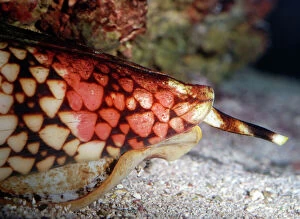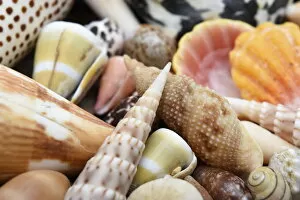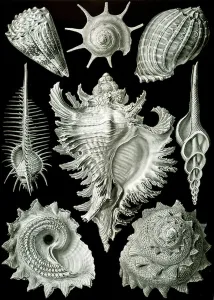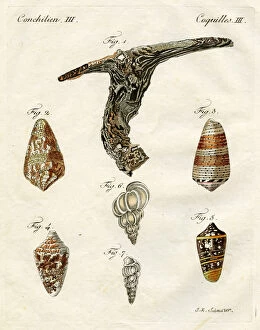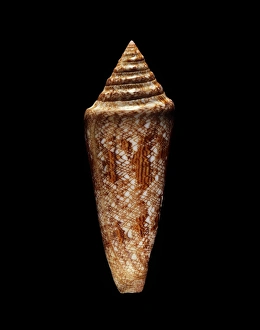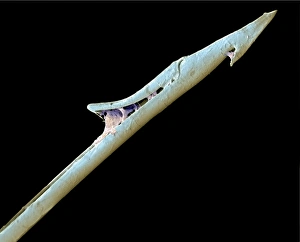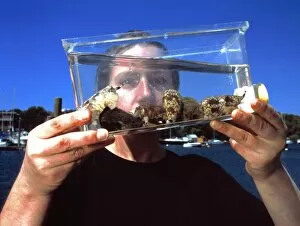Cone Shell Collection
The cone shell, a deadly poisonous mollusc found in tropical marine waters, is a captivating creature that has inspired artists and scientists alike
All Professionally Made to Order for Quick Shipping
The cone shell, a deadly poisonous mollusc found in tropical marine waters, is a captivating creature that has inspired artists and scientists alike. In the world of art, it has been depicted in various forms - from tropical shell still-life paintings to detailed illustrations. One such illustration is from "Kunstformen der Natur" (1899), showcasing Prosranchia - shells belonging to different prosobranch gastropods. The vibrant colors and intricate details bring these shells to life on paper. Another remarkable hand-colored engraving from 1790 portrays Conus Ammiralis, a subspecies known as Summus. Its elegant shape and striking patterns make it truly mesmerizing. Similarly, another illustration showcases Conus Ammiralis but as a subspecies called Cedonulli. The artist's attention to detail highlights the uniqueness of each variation within this species. In addition to these illustrations, there are other depictions like the one featuring Conus Ammiralis (subspecies Arausiacus) or the Native Mollusk engraving from 1833-39 which beautifully capture the essence of these creatures. Seashells have always fascinated us with their beauty and diversity. A hand-colored engraving from 1790 showcases an array of seashells, each with its own distinct characteristics and charm. Turbo Scalaris takes center stage in another illustration from the same era; its spiral structure evokes a sense of wonder about nature's design. Even in more recent times, seashells continue to captivate artists' imaginations as seen in lithographic prints dating back to around 1923. These artworks serve as reminders of our fascination with nature's creations throughout history. From scientific studies to artistic interpretations, the cone shell remains an intriguing subject for exploration and admiration. Its lethal venom may be dangerous for some marine life enthusiasts but appreciating its beauty through art allows us all to marvel at the wonders of the natural world.

